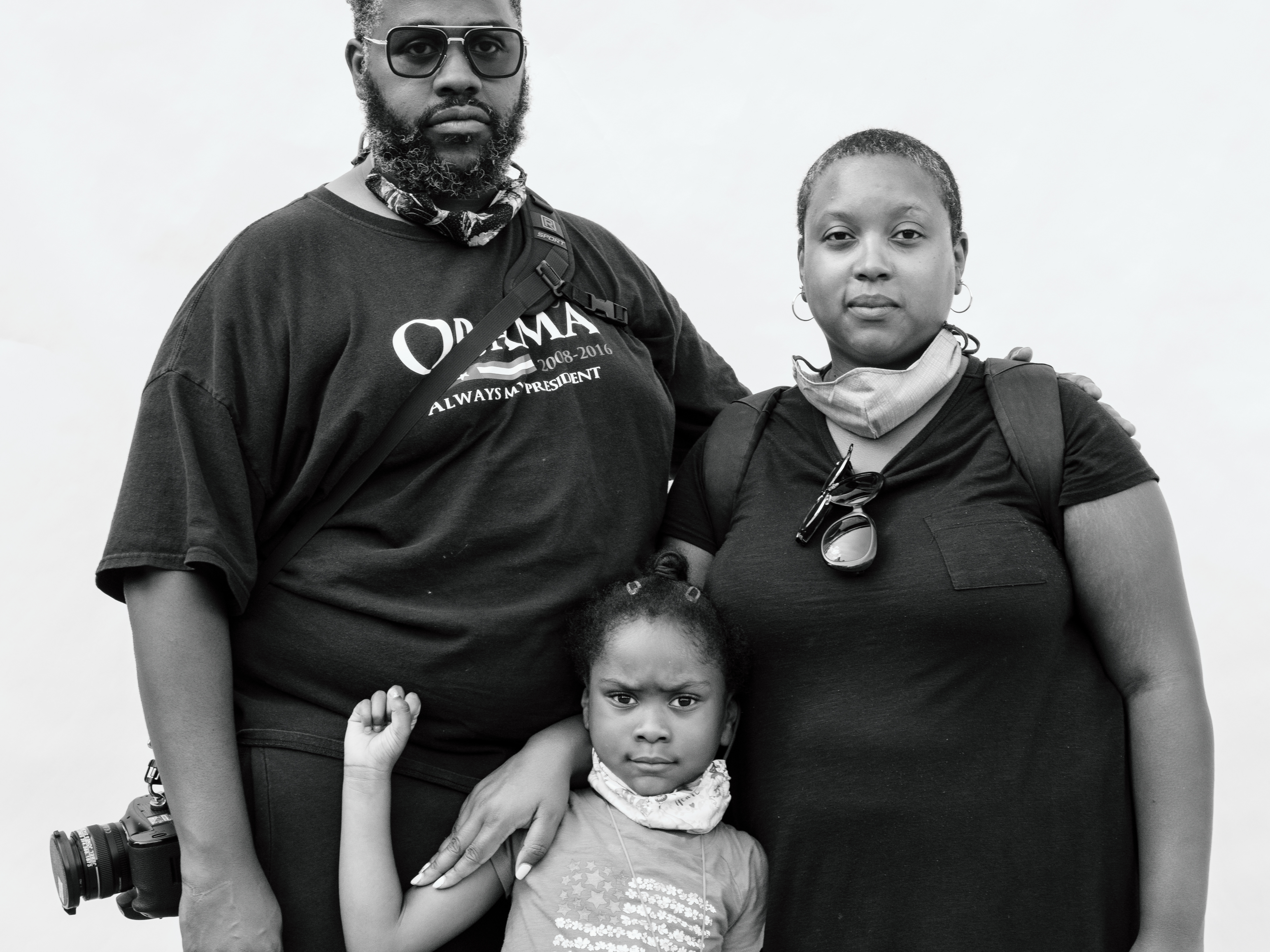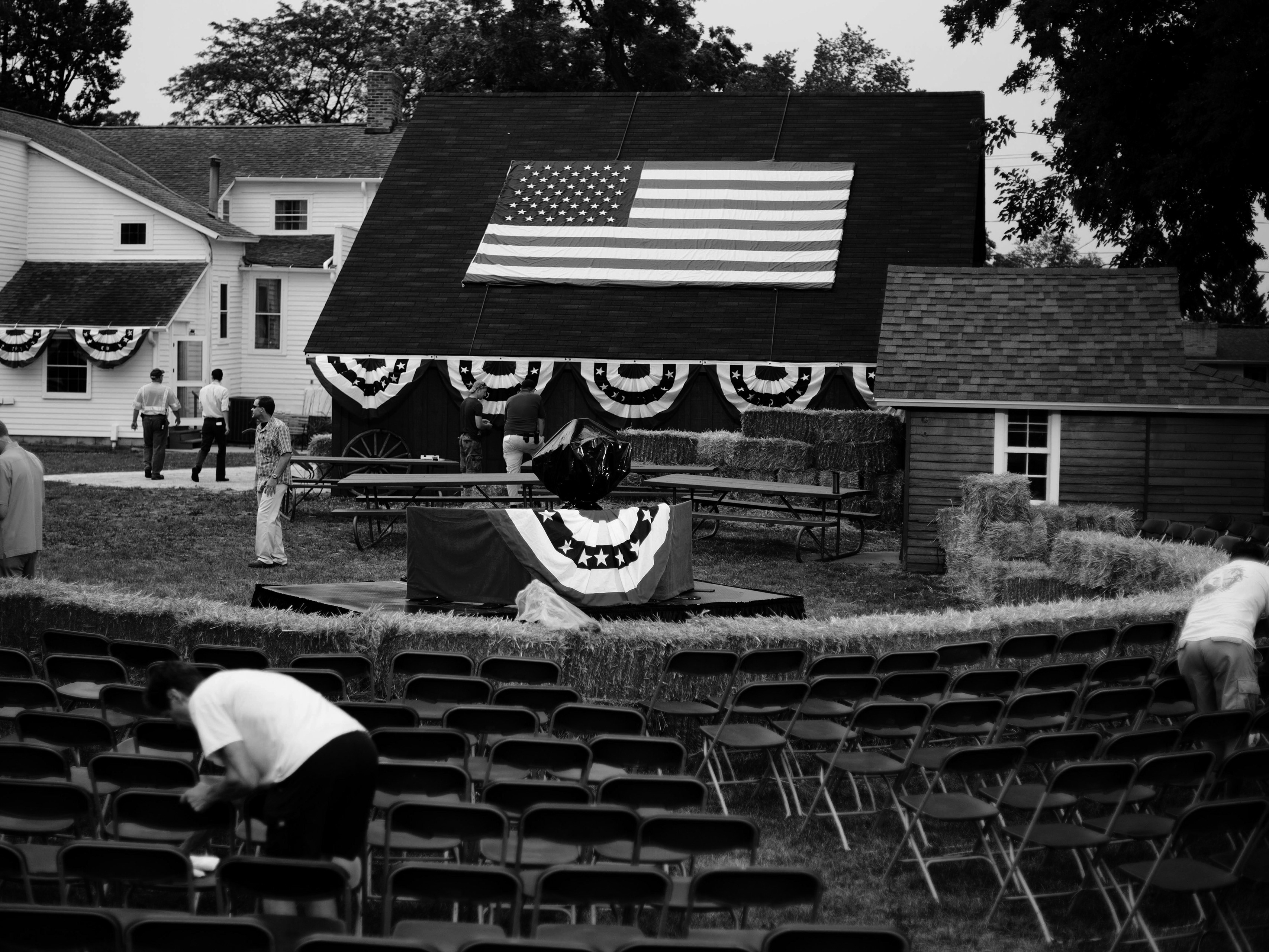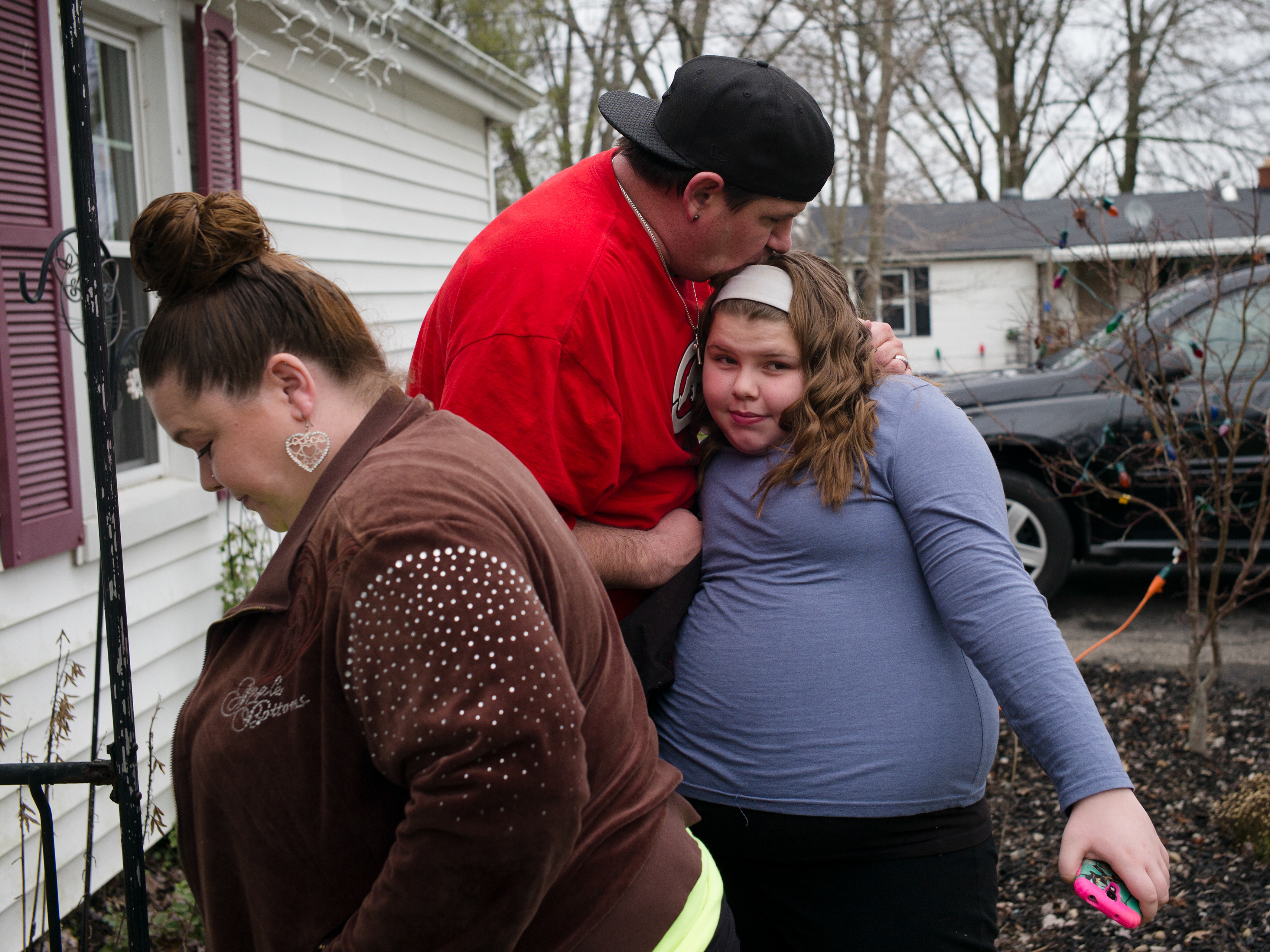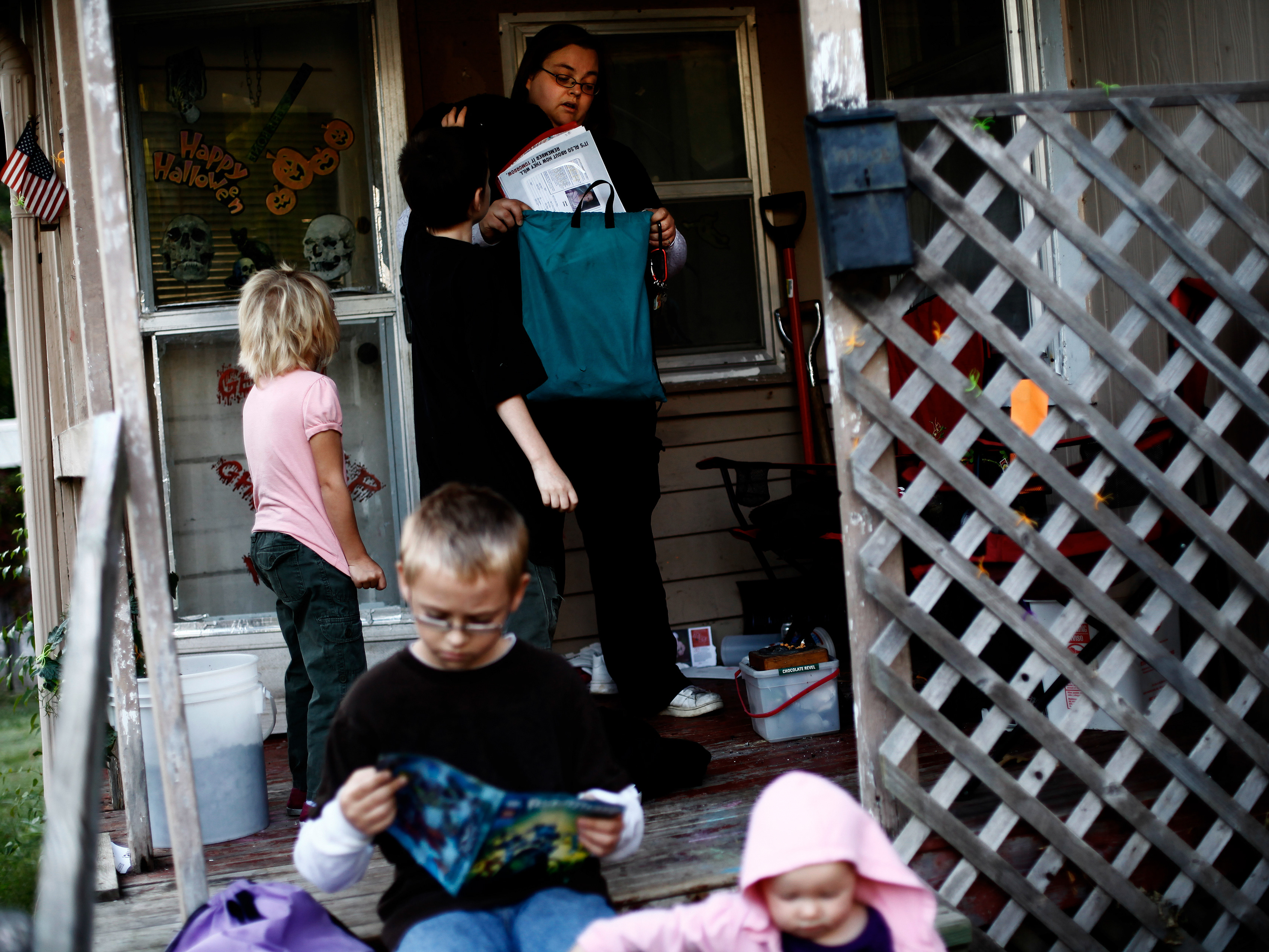Callie Schafer works to remove a mud and rock-filled plastic barrel from the Ohio River while working near Cincinnati. The barrel, which weighed about 300 pounds, was too heavy for Schafer and colleague Rachel Loomis to remove. They planned to come back and remove it with an excavator they keep on a river barge where they live and work.
Callie Schafer and Rachel Loomis are two women working with non-profit Living Lands and Waters, doing “industrial strength” river clean-up throughout the United States.
In 2021, the group collected over half a million pounds of trash across seven rivers throughout the U.S, with 63% of that from the Ohio River. It’s a source of drinking water for over 5 million Americans and a body of water experts say is polluted by a layered and systematic “environmental death of a thousand cuts.”
In 2021, the group collected over half a million pounds of trash across seven rivers throughout the U.S, with 63% of that from the Ohio River. It’s a source of drinking water for over 5 million Americans and a body of water experts say is polluted by a layered and systematic “environmental death of a thousand cuts.”
Over the last two decades, the group has carved out a small pocket of positive change. Driven by hard work, education and empathy, their mission is not just environmental restoration, but a bonding experience between each other and our natural resources along the river towns and muddy shorelines of rural America.
“Recycling should be marketed as patriotic,” said founder Chad Pregracke. “And I think if more people thought about conserving America’s resources in that way, more would do it. This is one of those cool things that creates an outlet for people to do good.”
“Recycling should be marketed as patriotic,” said founder Chad Pregracke. “And I think if more people thought about conserving America’s resources in that way, more would do it. This is one of those cool things that creates an outlet for people to do good.”
Already covered in grime, Rachel Loomis pauses while picking up trash along the banks of the Ohio River. “I feel at home here,” Loomis said of life on the river. “I don’t know how many people can say, ‘Yeah, I’m a teacher on a barge.’” Loomis has run into hundreds of volunteers over the years with contrasting perspectives or belief systems. But her work isn’t about convincing someone to sign onto an environmental policy. “We're just out here to connect to a source that we all use in our everyday lives,” she added.
Callie Schafer, left, holds onto her hat while navigating down the Ohio River with Rachel Loomis, right, as the pair looks for a spot to do some clean-up work. Schafer recognizes that for everything the crew understands about garbage and the river there are many other people who are unaware of the depth of the pollution. “If you never get out of your small town or you you're not near any water, how are you going to know?” she said. “I'd be ignorant to think no matter what I'm doing it is making an impact or has an effect somewhere else — negatively, positively and everywhere in between. So that's why I just really try to be present.”
Rachel tosses a plastic barrel onto the barge after a morning clean-up in Cincinnati. As trash is gathered, it's brought back to their barge, where they sort and store it before disposing of it properly. Their operation is made up of 21,000 square feet of barges: There’s one for humans, the house barge, two for trash, scrap metal and plastics and one for their excavator. In 2021, the group removed 355,953 pounds of garbage from the Ohio River.
After finishing her work for the day, Callie leaps off the barge into the Ohio River. A self-described “lazy bum” before joining the crew, Schafer found herself back home in Illinois with her parents after a stint as a drummer in Oregon. A friend suggested she might be a good fit for the crew, which is based in the nearby Quad Cities. “I kinda just went balls to the walls,” she said. “Baptize by fire, I guess.”
After working for the day, Rachel is reflected in a window on the barge as she cleans out a Jon boat, a small vessel that the crew uses to navigate to clean-up sites.
Callie braids her hair before work in the morning. On her chest is a tattoo with the words “Have Faith” and her father’s EKG. In high school, her father had a heart transplant, and she got the tattoo before his operation. Her work on the barge fulfills her desire to be intentional in life.
Callie, background, and Rachel, foreground, do a dance in their boat after successfully hauling some trash out of the river. “There’s only so much I can do as a human,” Callie said. “You can’t tackle everything, but when we’re just focused, as a crew, on garbage, it’s helpful.”
A small plant winds its way up a fence on the barge where discarded plastic bottles and styrofoam cups are kept until they can be properly disposed.
Rachel holds up a water jug as they check out at a Kroger in Cincinnati. Though they live on the barge, they rely on a fleet of land-based trucks and trailers to move supplies from one town to the next. On slow days, the crew heads into the nearest town for water, gas and food, which is then hauled back to their home on the barge.
After dinner, Rachel, left, and Callie, right, laugh while playing a game of cribbage on the house barge’s roof deck. The kind of 24/7 work, live and play atmosphere that defines life on the barge takes a certain kind of person. “You really got to be a team player out here, like, you're not in this for yourself, you're in this for this type of work,” Rachel said.
Moonlight reflects off the Ohio River as seen from the house barge’s roof deck.









